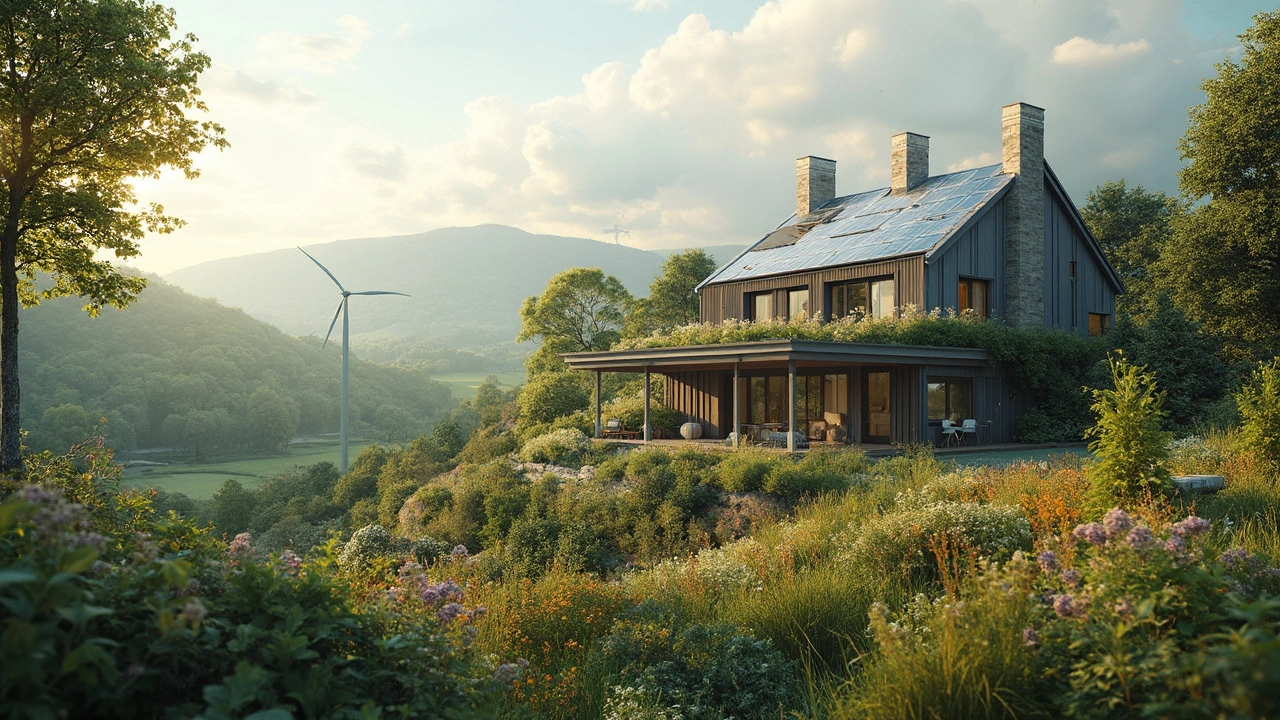Sustainable House Cost: A Practical Guide to Building Green on a Real Budget
Thinking about an eco‑friendly home? You probably wonder if the price tag will break the bank. The truth is, a sustainable house can cost more upfront, but the savings add up fast when you factor in lower energy bills, tax breaks, and higher resale value. Let’s break down where the money goes and how you can keep costs in check.
Where the Money Goes: Main Cost Drivers
First up, materials. Recycled timber, insulated concrete forms, and high‑performance windows cost more than standard bricks or double‑glazed panes. The price jump is usually 10‑30 % depending on how green you go. Next, design choices matter. A compact floor plan reduces heating demand, while passive solar orientation can slash energy use without extra tech. Finally, certifications such as Passivhaus or BREEAM add fees for testing and documentation, but they also unlock grants in many UK regions.
Don’t forget labor. Skilled tradespeople who know how to install airtight layers or solar panels charge a premium. However, the labor gap narrows if you choose a builder experienced in green construction – they’ll work faster and avoid costly re‑work. In short, the biggest line items are materials, design, and specialist labor.
Smart Ways to Lower the Sustainable House Cost
Start with a solid energy model. Simple software can show you how a small tweak – like adding extra roof insulation – saves £200–£400 a year in heating. Those savings often pay for the upgrade in under ten years. Look for local incentives: many councils offer rebates for solar PV, heat pumps, or low‑carbon insulation. Combining a few small grants can shave off thousands from your total.
Second, source responsibly. reclaimed bricks, salvaged doors, and locally milled timber are cheaper and cut transport emissions. Talk to suppliers about bulk discounts – ordering a full batch of insulated panels at once often nets a 5‑10 % reduction. Third, consider a phased approach: build the shell and core now, then add renewable tech like a solar water heater later when your budget allows.
Finally, think long‑term. A well‑insulated house can cut heating costs by up to 50 %, translating to roughly £600‑£800 saved each winter. Over a 20‑year mortgage, that’s £12,000‑£16,000 back in your pocket, far outweighing the initial extra spend.
Bottom line: sustainable house cost isn’t a mysterious extra charge; it’s a mix of material choices, design decisions, and skilled labor. By planning smart, grabbing local incentives, and buying responsibly, you can build green without blowing your budget. Ready to start your eco‑home journey? Grab a free energy calculator, chat with a green‑builder, and watch the numbers work in your favor.

Cost to Build a Fully Sustainable House
Building a fully sustainable house might sound like a dream come true, but what's the real cost behind it? This article dives into the ins and outs of creating an eco-friendly abode, from choosing the right materials to integrating renewable energy solutions. Explore the various factors that influence costs, practical tips for saving money, and what to expect from this rewarding journey. Whether you're an aspiring eco-builder or just curious, we've got insights to help you along the way.
Continue Reading